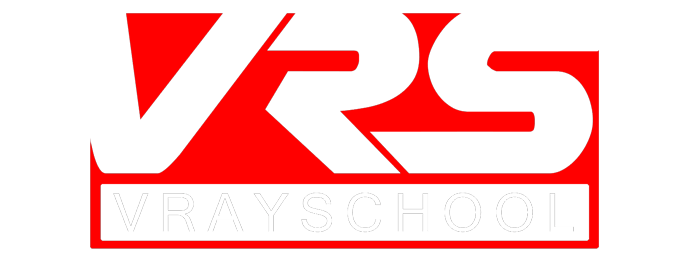For over a decade the people at Evermotion have been creating amazing Interior and Exterior sample scenes for purchase. Their work is a testament to the fact that taking images from good to great requires post processing work. When you purchase one of their sample scenes, it includes the PSD files as well, complete with all the layers and effects. These samples provide a great opportunity to learn what goes into making a great visualization.
So for this lesson, I’ll be going through the process used by Evermotion for post processing in Photoshop. We’ll be looking over all the different render passes needed and how they stack up in this sample scene. You can download these sample files and follow along with me.
Setting up various essential render elements before rendering the beauty pass gives us the flexibility to fix and enhance in post. Many mistakes in the final render can sometimes be fixed during this phase. So its always advisable to include proper render elements before rendering.
I’ll show you how the layers stack in these steps:
- Starting with the beauty pass as our base layer or Layer 0, we’ll combine different passes over this base in order to improve the final look.
- The first pass is the RawReflection render element. Set the blending mode to ‘Soft Light’ with an opacity of 50%. This step boosts the reflections in the scene.
- Now add a ‘Reduce Noise’ filter to this reflection layer. You can fiddle with the settings to your liking, but its advisable to keep them close to the defaults. This ensures clean and smooth reflections, as the reflection pass is generally the noisiest of them all.
- Next up, add the RawGlobalIllumination pass onto a new layer (Layer 2). The blending mode is going to be ‘Soft Light’ again with a 70% opacity.
- For Layer 2, we’ll only blend the areas being affected by Global Illumination. Therefore, this render pass will itself work as our layer mask. To do this just Select (Ctrl+A) and Copy (Ctrl+C) this RawGI pass. Go to Layer Menu > Layer Mask > Reveal All, to reveal the layer mask slot. Open the Channels for the layer and Paste (Ctrl+V) it into the Layer Mask.
- One further thing you can do is to adjust the Levels for this Mask to make it more contrasty.
- At this step, you can color correct the Layer 2. Go to Image > Adjustments > Color Balance, and experiment with the Midtones and Highlights. Every image requires its own style, and only you can be the judge of that. You can add some soft teal or green hues here.
- To give the image a certain atmospheric depth, add a light mustard colored layer with a ‘Soft Light’ blend and 40% opacity. Now add the ZDepth render pass into the mask slot and Invert (Ctrl+I). This creates a nice transition from a cold foreground to a warm background.
- Now create a new Curves adjustment layer. Add the ZDepth pass again as its mask but without inverting. This allows you to adjust the shadows, midtones and highlights for the foreground.
- For Layer 4, add a RawLighting pass with a ‘Soft Light’ blend and an opacity of around 50%.
- If you want, you can add a bit of glow to all the refractions. Set the Refraction pass as Layer 5, and the RefractionFilter pass as its mask. Just blend this layer to your liking, but in my case it’s not looking that great here, so I’ve chosen to keep it hidden.
- Finally, for the last step add a smart filter layer with an Unsharpen mask (Filter menu > Sharpen > Unsharp Mask) with normal blend and 70% opacity.
So this is it guys, the process used by Evermotion, one of the many workflows you can use to combine your render passes. In conclusion, keep experimenting using the principles behind these steps and you’ll stay on the right track.
Don’t forget to share and comment, tell then, happy rendering.



Please does this also apply to exteriors, because i used to think that post-production is render-specific.